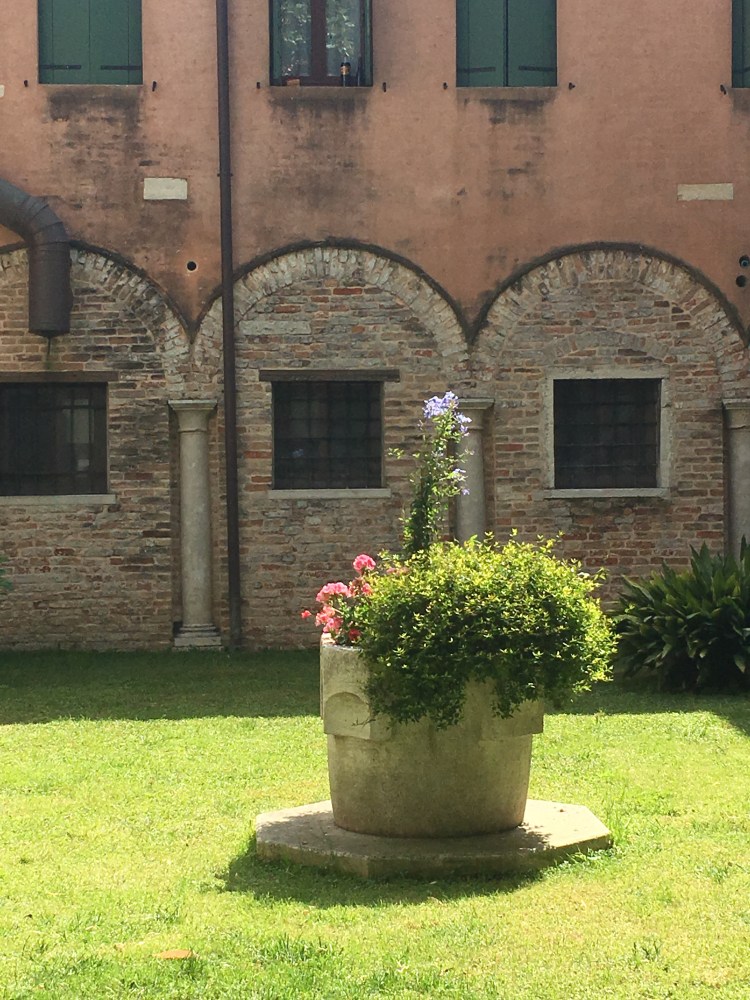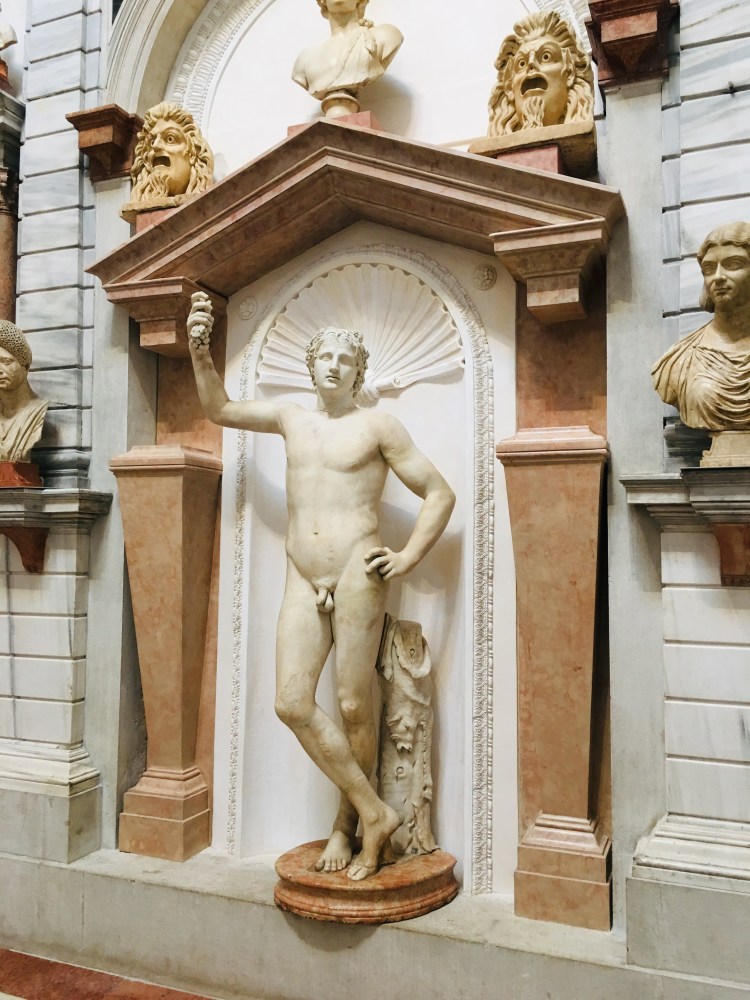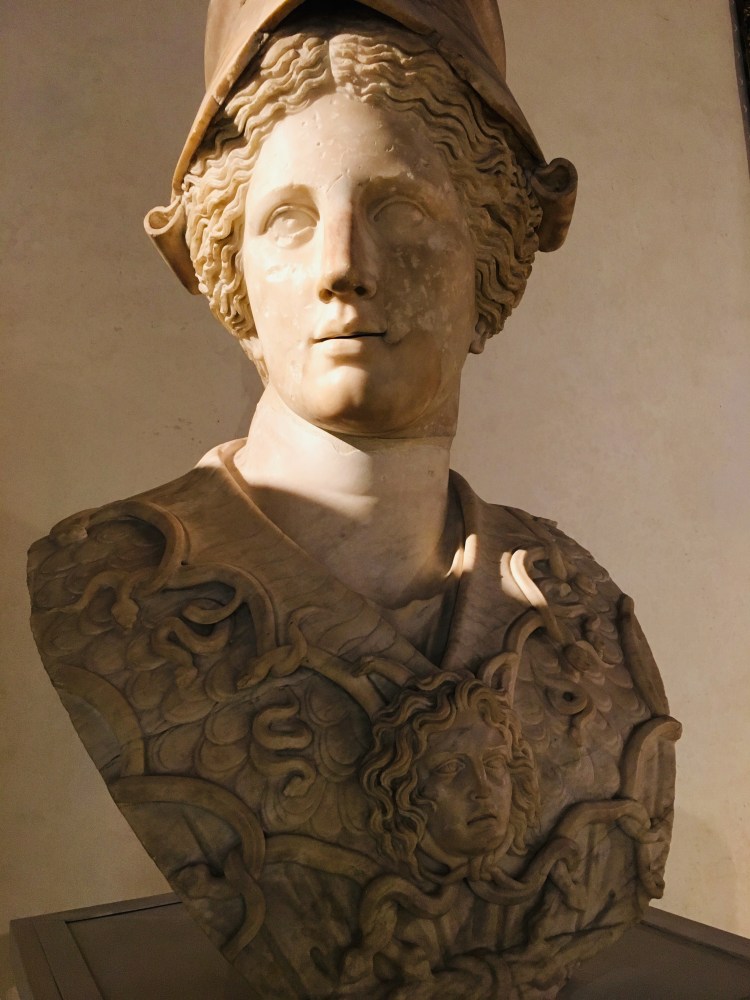VENICE – Just two weeks ago during one of the rainiest and wettest months of May on record the 58th edition of the Venice Biennale sprung into action. The Venice Biennale takes place every two years and is a focus for modern and contemporary art from around the world. The first ‘Biennale’ took place in 1895, the idea was to create a prestigious international art event, with the fabulous and historic city of Venice as the setting. By the 1930s the ‘Biennale‘ had become part of the nationalist propaganda campaign that divided Europe between west and east, north and south.
BIENNALE – Today 124 years after the inaugural event the ‘Biennale’ in Venice is going strong and every event welcomes exhibitors from more than eighty countries. There’s a range of ‘national pavilions’ located in the Public Gardens in the Castello district of the city. These pavilions are the territories of France, Italy, United Kingdom, Canada, USA and many others. I haven’t been out to to the ‘Biennale‘ Gardens yet, but I have enjoyed an eclectic selection of contemporary art dotted randomly around the city of Venice. So far I’ve been fascinated and enthralled by the originality on display.
2017 – at the last ‘Biennale’ Lorenzo Quinn created a very powerful sculpture called ‘Support’ a giant pair of white hands that appeared to be holding up the facade of Palazzo Ca’ Sagredo. This magnificent pink palace, rising majestically from the Grand Canal, was suddenly the focus of everyone’s attention. Every person visiting Venice and travelling along the Grand Canal saw ‘Le Mani’ or ‘The Hands’ as they were affectionately known. An instant success, visitors loved the monumental sculpture and the important and simple message. Lorenzo Quinn was ubiquitous on Italian and international TV explaining the need to respect our environment and to honour and protect Venice, where high water days ‘acqua alta‘ are becoming increasingly common, and provide a physical and immediate threat to the city.

The real brilliance of Lorenzo Quinn’s ‘Le Mani‘ was its powerful message and stunning location. People could see and appreciate an important piece of contemporary art free of charge. No need to traipse along to the ‘Biennale Gardens’ at the other end of Venice. Here was art on the Grand Canal, right in front of our eyes. This put a cat amongst the pigeons with ‘Biennale‘ management who realised that Quinn and his sculpture had stolen the show with the ordinary visitor to Venice (many, many millions of them) photographing, sharing and instagraming Lorenzo’s brilliant work. Interestingly Lorenzo Quinn is back for this year’s ‘Biennale‘ and he is in the heart of things, with a huge instalation adjacent to the Arsenal (the old ship building yard of Venice). This year’s procession of hands is called ‘Building Bridges’ and emphasises the need for people to collaborate together, respect one another and work together. It is a continuation of an important theme. However, I’d argue that Lorenzo Quinn’s ‘Le Mani’ two years ago has changed the face of the ‘Biennale’ for the better. There’s more and more modern art on display throughout Venice, in every campo and palazzo there’s likely to be something on display and most of it is free.

CUBA – First to catch my attention was Carlos Quintana’s fascinating work at Palazzo Loredan, a beautiful building in Campo Santo Stefano. Palazzo Loredan is the home of Venice’s Institute of Literature, Science & Arts. It is a very typical and magical Venetian palace. It still has a complete library on the first floor. The windows are Venetian Gothic in style and the staircase is symmetrical and elegant. In the entrance there’s a pantheon of portrait busts celebrating Venice’s heroes; Marco Polo, Andrea Palladio, Paolo Veronese, Tiepolo, Bellini, Scamozzi and many more. Quintana has covered the faces with blue cloth, perhaps to disembody or to anonymise them. Then he’s laid glass skulls on the floor at the base of the pillars. The overall effect is disturbing. Quintana has worked under a repressive regime in Cuba all his life. Here he gives form to that suppression through his art.



ANTIGUA & BARBUDA – continuing the theme of suppression in art, I came across a celebration of Carnival in the Caribbean representing the culture and heritage of the islands of Antigua and Barbuda. Again the exhibition is beautifully located in a cloistered palace on Venice’s Zattere. The cloisters are often closed to the public, so to be able to walk inside, free of charge, is quite a treat. Light, bright, serious and joyful – all at the same time. There’s a very poignant element to the art here with reference to the history of slavery in these Caribbean Islands. I’d strongly recommend a visit.





AND LAST BUT by no means least, I took a stroll across Venice to one of my favourite neighbourhoods, the old Greek corner of Venice, that even now has traces of a Greek community embedded in its walls. There’s the Church of San Giorgio dei Greci, which is actually a Greek Orthodox Church. Round the corner is the Liassidi Palace – now a hotel but originally the grand, private house of the Greek Liassidi Family. The Scuola San Giorgio is just a bit further down the rio. It is decorated with lavish paintings of the life of St George, painted by none other than Carpaccio. The paintings are more than five hundred years old. Here’s a quick taster – just to prove that Venice is full of art, even when the ‘Biennale’ isn’t happening!

ONE LAST DAZZLING DROP OF INSPIRATION – the thing about Venice is, that just when you think you’ve had enough and there really can’t be more art to discover, the city proves you wrong. My last stop of the day was Palazzo Grimani. A fabulous and highly ornate palace, formerly the home of the Catholic Grimani family. The Palazzo Grimani, with perfect timing, has recreated a unique and very special sculpture gallery called ‘Domus Grimani’. The very clever curators at Palazzo Grimani have managed to reunite the collection of marble sculptures that adorned the palace more than four centuries ago. The result is quite simply breath-taking. The entrance to the palazzo gives the beady-eyed visitor a small clue to what lies inside. The entrance is highly decorated with pillars, plinths, portrait busts and a grand arched portal. Inside the vast classical palace is a room that was created as a sculpture gallery in the 16th century. It has been empty since the 1590s. To coincide with this year’s Biennale 2019 the sculptures and marbles that decorated this room, carefully collected by Giovanni Grimani over a lifetime, have been reunited. The display of sculptures at multiple levels is quite exceptional. There is even a winged character, Hermes perhaps or Eros, suspended from the Roman Pantheon inspired ceiling. The overall effect is dramatic and beautiful. I strongly recommend a visit – not least because the courtyard and upper floors offer interesting views onto Campo Santa Maria Formosa.







VENICE – LA SERENISSIMA so I suppose the question is, with all this art everywhere, then what or who is the star of the show? Well the answer is quite simple. There’s only one star, there’s only ever been one star. The star is Venice, the city herself. I had been visiting Venice for almost 30 years before I even set foot in the Accademia Art Gallery. Why go into a museum when the entire city around you is a living, breathing, evolving gallery of art. The city of Venice is without doubt the star of the show. The Biennale is a welcome addition, yes of course, however the city trumps the Biennale, every time. For those who notice things Venice is a joy and a delight, a cornucopia of treasures, new discoveries around every corner, too many for a single lifetime. How’s that for an accolade. Perhaps the ultimate accolade.
Venice is the star – the star of the show, a role that she plays effortlessly.
Notes:
- The Venice Biennale runs from May to November, 2019 www.labiennale.org
- Lorenzo Quinn – sculptor is worth following. His father was Anthony Quinn, Hollywood actor. I’ve written several articles about his inspirational work:
- Lorenzo Quinn, sculptor
- Venice – Lorenzo Quinn, Damien Hirst and Modern Art
- Lorenzo’s own website is worth a visit: www.lorenzoquinn.com
Locations of other art discussed in this article:
- Cuba Exhibit – Palazzo Loredan, Campo Santo Stefano
- Antigua & Barbuda – Zattere, Dorsoduro
- Palazzo Grimani, Campo Santa Maria Formosa www.palazzogrimani.org
- More on a little corner of Greece in Venice: A little piece of Greece in Venice
- For private tours of Venice and Veneto contact:
- janet@grand-tourist.com
- Or visit www.grand-tourist.com
Written: 24-05-2019 / Updated: 31-05-2019
JMS
NOTE – To appreciate the effort that has gone into the recreation of the sculpture gallery at Palazzo Grimani here’s the before and after:
BEFORE:


Enjoy!
“For those who notice things, Venice is a joy and a delight…” I’m so glad I was able to see Venice through your eyes twice, Janet. I’m glad you are the one who notices things on your own and then passes them along to your clients. Seeing Venice was such a thrill with you!
LikeLiked by 1 person
Thank you Mary Lou – I love sharing Venice with visitors!
LikeLike